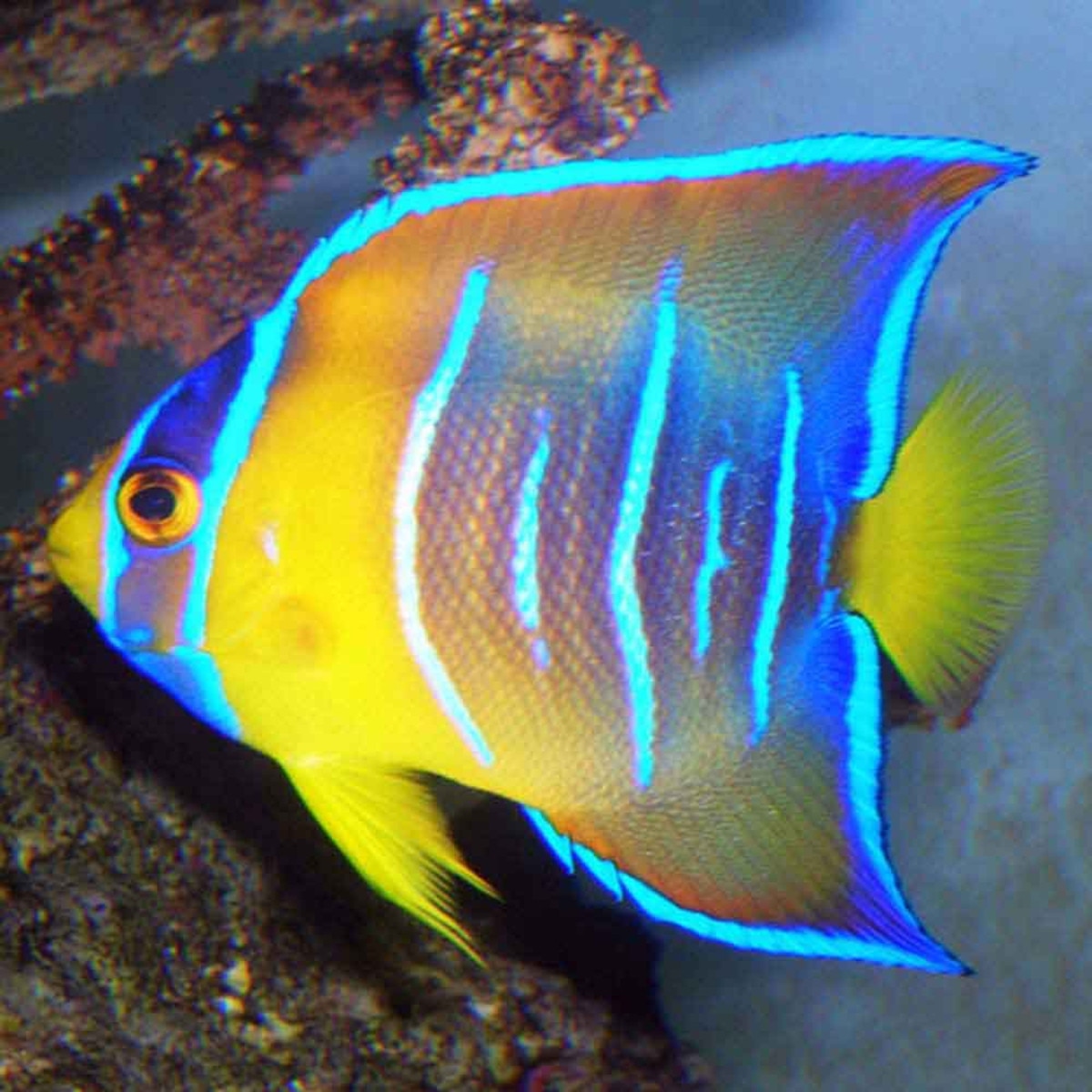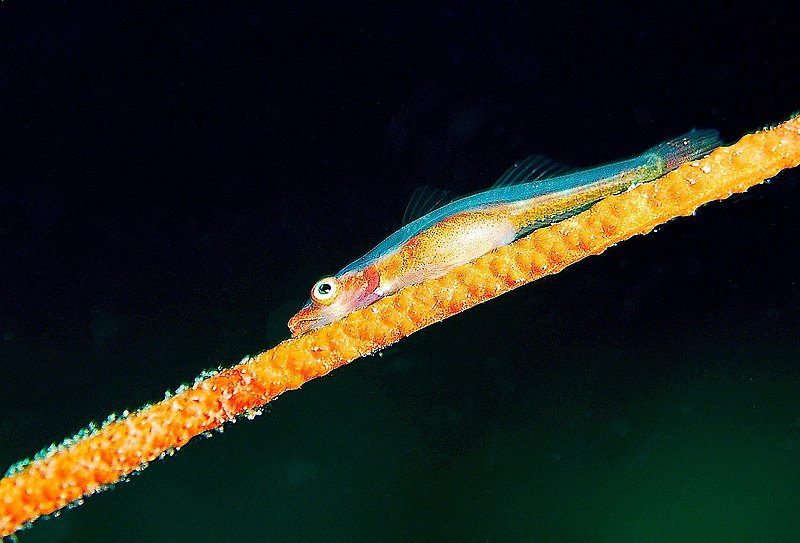 That Fish Place – That Pet Place is proud to introduce a new premium salt brand to our line of quality salt water products: H2Ocean Pro+ Natural Reef Salt from D-D the Aquarium Solution.
That Fish Place – That Pet Place is proud to introduce a new premium salt brand to our line of quality salt water products: H2Ocean Pro+ Natural Reef Salt from D-D the Aquarium Solution.
Similar to brands like Red Sea Coral Pro, D-D H2Ocean Pro+ is harvested from sea water naturally evaporated with solar energy. What could be more natural than real salt water? After harvesting the salt, the natural product is tweaked a little to provide better results for use in our aquariums. For instance, the calcium and magnesium levels are slightly elevated above natural salt water levels. Why? Well, these two elements are quickly used up in reef aquariums, and because our reef tanks aren’t naturally replenished like the oceans, our inverts rely on us to keep these key elements in check. By slightly elevating the levels of calcium and magnesium, D-D H2Ocean Pro+ allows you to dose less, without getting too far out of sync chemically with their natural salt product. Furthermore, the chloride content is slightly reduced from what we see in natural saltwater. By slightly reducing the chloride content in the bucket, D-D H2Ocean has accounted for the extra chloride that usually comes along with dosing in reef tanks where most supplements utilize calcium and magnesium chloride. This helps make sure the chloride content doesn’t elevate too far beyond natural salt water levels in your reef tank. Just one other fine detail addressed by the chemists at D-D H2Ocean.
When this salt is mixed to a S.G: of 1.025 @ 25°C = 35.5 ppt, your aquarium water parameters should look like this:
pH level 8.3, range 8.2-8.4
dKH level 9.3, range 8.7-9.8
Calcium (Ca2+) level 440, range 430-460 mg/l
Magnesium (Mg2+) level 1340, range 1300-1380 mg/l
Chloride (Cl-) level 19550, range 19960-20130 mg/l
Potassium (K+) level 410, range 380-420 mg/l
So what makes this salt so good? Well, one thing we know about the ocean is that its parameters are pretty consistent. You’re not going to have one day on the reef where the calcium is 500ppm, and a week later be 400ppm. Its important that in our reef tanks we offer the same type of consistency. And, being that corals are from the ocean, doesn’t it make sense to stay as close to natural saltwater conditions as possible? D-D H2Ocean Pro+ mixes quickly, helping hobbyists get consistent results without having to wait 2-3 days for the salt to thoroughly dissolve. Those of us with sensitive stoney corals can attest to how finicky our corals can be over slight changes in parameters. Even hobbyists running Ultra Low Nutrient Systems have benefited from using D-D H2Ocean Pro+ because of its close-to-natural-saltwater levels. Regardless of what corals you keep, its vital to our reef systems to only deal with manufacturers with great quality control.
Beyond the parameters, this salt is usually less clumpy, less dusty (not much worse than a salt cloud going right up your nose), and mixes up rather clear. All and all, its this bloggers opinion that D-D H2Ocean Pro+ is one of the best salts offered at That Fish Place – That Pet Place. We currently offer the salt in the retail store, and it will soon be making it’s online debut.
 That Fish Blog – Aquarium Advice and Information
That Fish Blog – Aquarium Advice and Information





